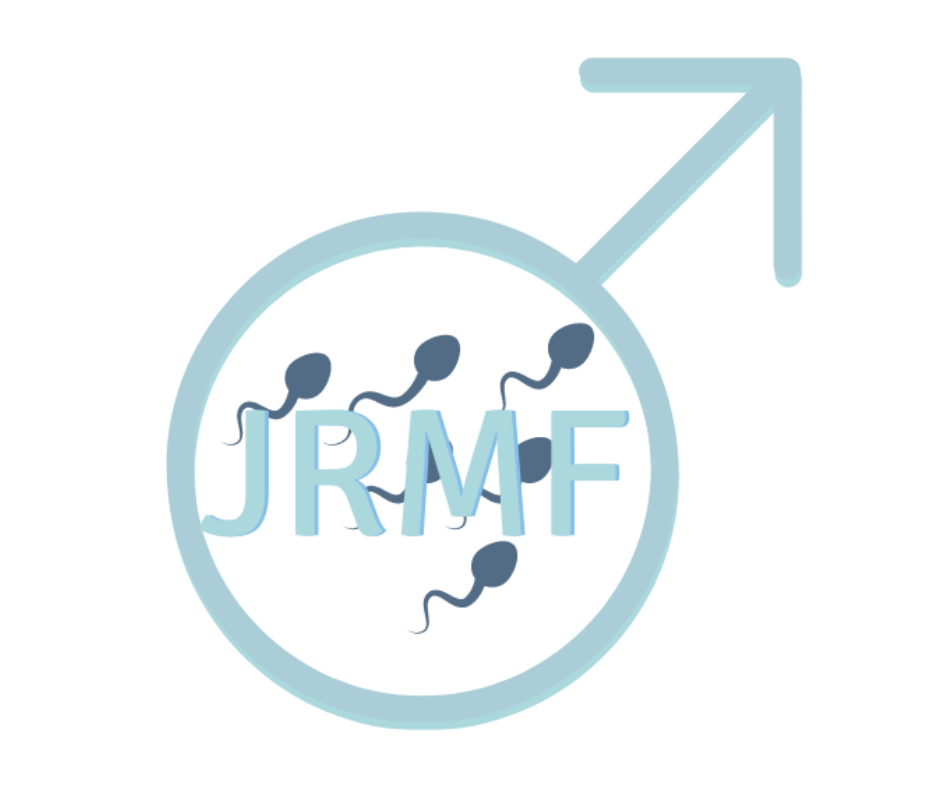Patient referrals
I receive many patient referrals from GPs and understand how important it is for you to find the right person to help your patient.
Hopefully, the information elsewhere on my website has provided an overview of my experience, but if you would like further information you can access my full CV and find below a list of publications I have recently been part of in the field of urology, with a specialism in male fertility.

DIAGNOSIS
Mr Jonathan Ramsay and his team specialise in the diagnosis and treatment of conditions affecting male fertility. The sooner your particular male factor is diagnosed, the sooner it is possible to begin a successful journey to conception.
CONDITIONS
Mr Ramsay specialises in treating men, both surgically and medically, that suffer from conditions such as azoospermia, oligospermia, ejaculatory disorders and varicocele, which can all lead to reduced quality of sperm.
TREATMENTS
Mr Ramsay has been a pioneer in the development of treatments for many aspects of male fertility including sperm mapping and sperm retrieval. He is widely regarded as a UK leading expert.
SPECIALIST TEAM
Mr Ramsay works with a team of specialists in male and couple's fertility to ensure that each patient receives the best possible care. His exceptional experience in treating male infertility has given him an international reputation in this field. The combination of Mr Ramsay's experience and his specialist team enables him to provide world class male fertility care at leading private clinics.
How to refer
Should you decide I am well placed to help your patient the best way to refer is via email or phone listed below:

PHONE
CLINIC TIMES
Monday & Wednesday: 145 Harley Street
Tuesday & Friday: Beaconsfield Clinic
Thursday: 145 Harley Street & Operating at The Lister Hospital

